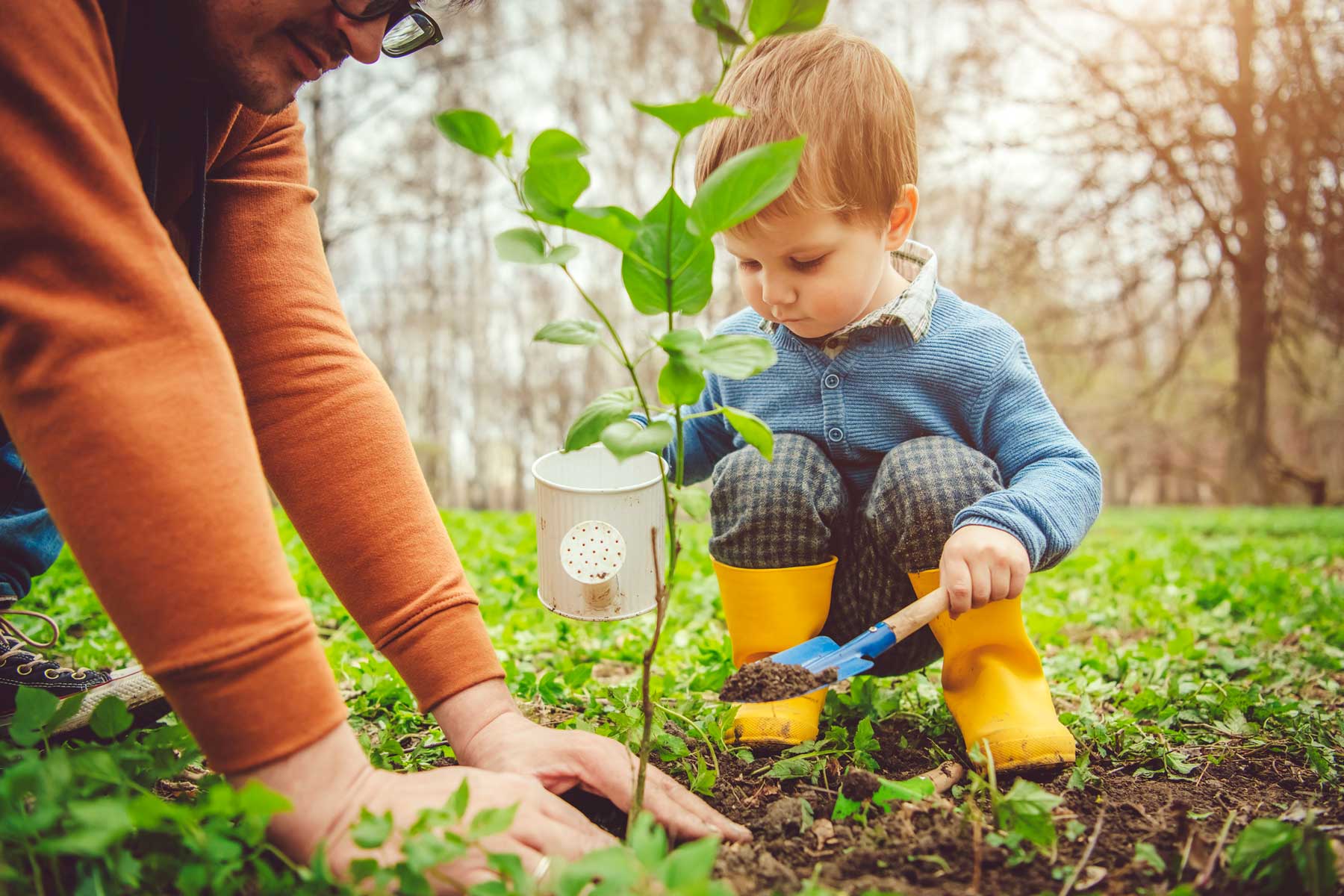Shadow Profiles
In this lesson, children will explore the relationships between their head profiles and the resulting shadows that are made.
Content Area:
Physical Properties
Learning Goals:
This lesson will help toddlers and preschoolers meet the following educational standards:
- Develop foundational skills in the use of science practices, such as observing, asking questions, solving problems and drawing conclusions
Learning Targets:
After this lesson, toddlers and preschoolers should be more proficient at:
- Expressing wonder and curiosity about their world by asking questions and solving problems
- Carrying out simple investigations
- Using mathematical and computational thinking
- Generating explanations and communicating ideas and/or conclusions about their investigations

Shadow Profiles
Lesson plan for toddlers/preschoolers
Step 1: Gather materials.
- Flashlight
- Camera
- Paper
- Pencils
Note: Small parts pose a choking hazard and are not appropriate for children age five or under. Be sure to choose lesson materials that meet safety requirements.
Step 2: Introduce activity.
- Explain that today we are going to make shadows with our head profiles. Discuss what a side profile of our head is and provide examples if helpful.
- Discuss how we can use flashlights to create shadows and point out that each child’s profile will create a unique shadow.
- Explain that we will need to turn off some lights in the classroom so that we can see the shadows.
Step 3: Engage children in lesson activities.
- With a small group of children, in the darkest part of the classroom with the lights dimmed, ask the children to predict what their profiles might look like.
- Using a flashlight or lamp, position one child at a time facing sideways a few feet away from a wall, so that the child’s profile casts a shadow on the wall.
- Invite the children to observe the shape of the profile and discuss why the profile shadow looks the way that it does.
- Take a photo (with the flash off!), so that you can print out the shadow profile for later discussion.
- Have each child create a shadow profile. Take a photo and print out these profile photos.
- After photos have been printed, possibly on the next school day, ask the children to observe and discuss the differences in their shadow profiles. How do their head shapes relate to their shadow profile shapes? What rules about shadows might be generated based on these discussions?
- Invite the children to draw their own profile based on this experience and write down their description of what they have drawn.
- Display these work samples alongside their profile photos to refer to throughout an overall shadow exploration.
Step 4: Vocabulary.
- Effect: The result of a physical action
- Relationship: How objects or physical forces may be affected by the actions of another object/physical force
Step 5: Adapt lesson for toddlers or preschoolers.
Adapt Lesson for Toddlers
Toddlers may:
- Be beginning to make simple connections
- Not yet have comparative language
- Be interested in learning about shadows in an open-ended exploration
- Not yet engage in lengthy discussions
Child care providers may:
- Work individually or in pairs when exploring profile shadows
- Discuss different shadow shapes
- Promote more open-ended play with shadow exploration
Adapt Lesson for Preschoolers
Preschoolers may:
- Want to explore shadows during free play
- Want to create shadow profiles with other materials, such as dolls or stuffed animals
- May want to use measuring tools (ruler, tape measure) to examine relationships
Child care providers may:
- Have shadow-making materials available throughout the day to encourage children to explore shadows independently
- Provide a variety of materials to let children explore relationships between everyday objects and shadow profiles
- Extend this activity to family members during drop-off or pickup time
Suggested Books
- Shadows and Reflections by Tana Hoban
- Guess Whose Shadow? by Stephen R. Swinburne
- My Shadow by Robert Louis Stevenson
Music and Movement
- Engage children in an open-ended Shadow Dance activity. As the children dance and cast their shadows on the wall, ask them to observe how their shadow profile shapes change as they move.
Outdoor Connections
- Explore the profiles that can be made outdoors on sunny days. How can we move our bodies to give our shadows profile shapes?
- Observe shadow profiles during a walk through the neighborhood. What shadow profiles can we find during our walk? What would a car’s shadow profile look like?
Comment on this lesson